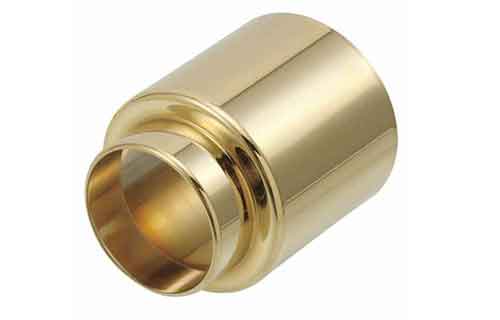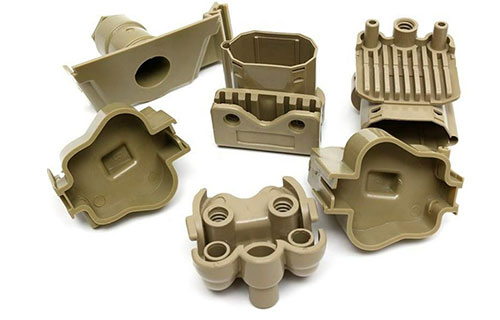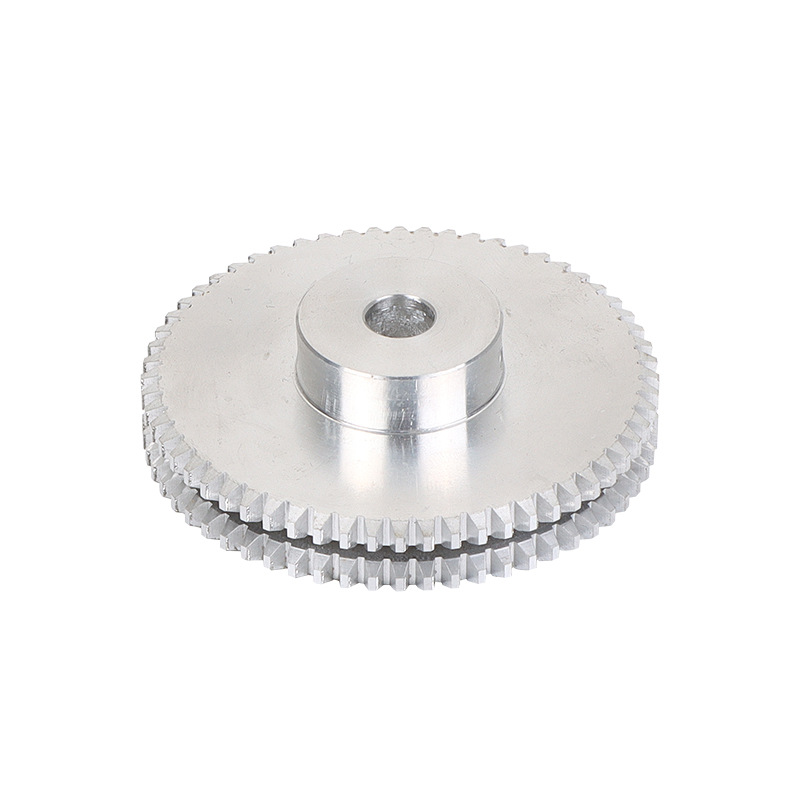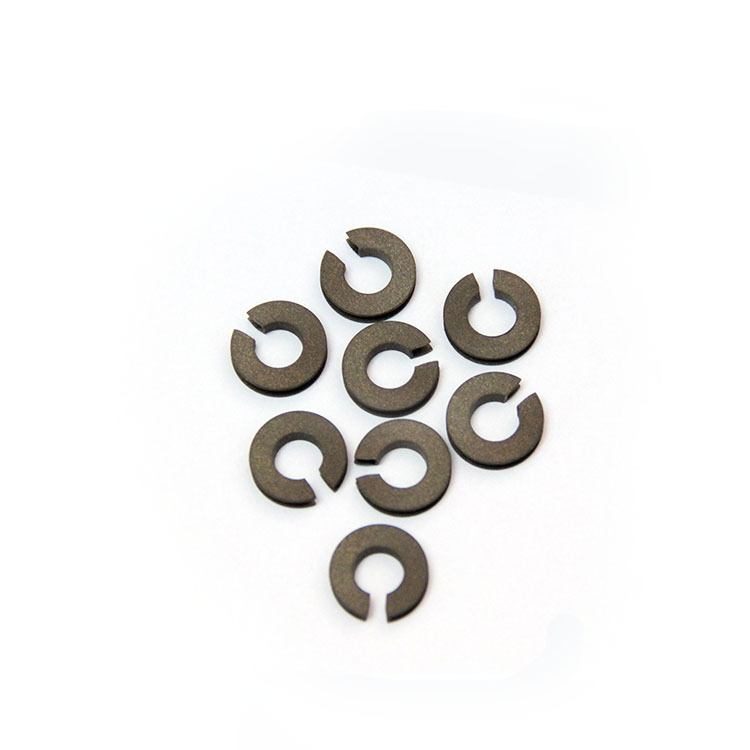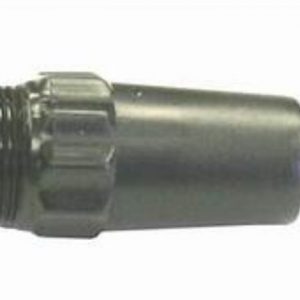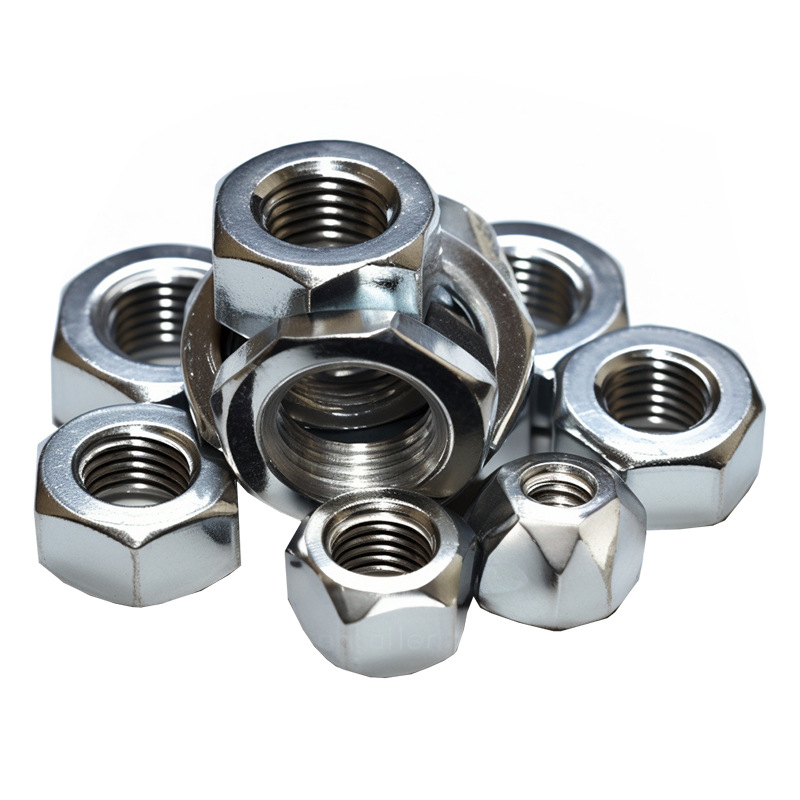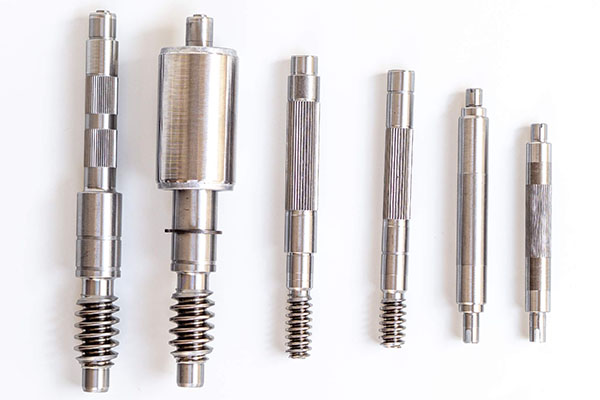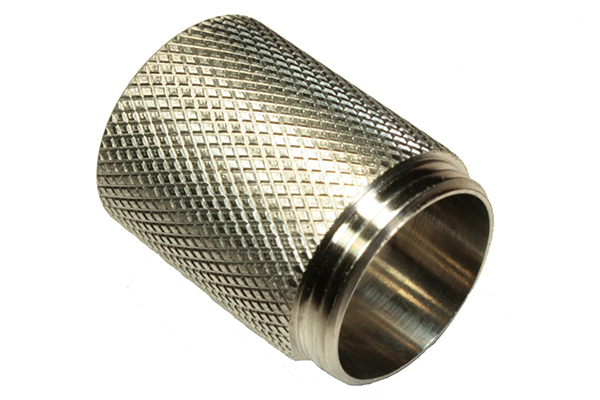Manufacturers across industries often struggle with components that fail prematurely due to corrosion, wear, or poor surface finish. A steel part might rust in humid conditions within months, a tool could wear out after a few hundred uses, or a consumer product’s appearance might dull quickly—all leading to increased costs and customer dissatisfaction. This is where surface treatment nickel plating proves its value. By depositing a layer of nickel onto a substrate, nickel plating delivers exceptional corrosion resistance, wear protection, and a smooth finish, addressing these critical pain points. In this guide, we’ll explore how nickel plating enhances component performance, its various types, processes, and how to leverage it for durable, high-quality results.
Introduction to Nickel Plating
Nickel plating is a widely used surface treatment that deposits nickel onto a substrate via electrochemical or chemical processes, improving its durability and appearance:
- Definition: Nickel plating is a process where nickel ions are deposited onto a conductive surface, forming a thin, adherent layer. It can be done electrolytically (using an electric current) or electrolessly (using chemical reactions), creating a coating that bonds tightly to the base material.
- Historical background: Nickel plating gained popularity in the late 19th century, with early applications in decorative items. By the mid-20th century, advancements in electroless nickel plating made it suitable for industrial use, expanding its role in aerospace, automotive, and electronics.
- Basic principles: In electrolytic nickel plating, a substrate (cathode) and nickel anode are immersed in an electrolyte solution. When an electric current flows, nickel ions from the anode or solution migrate to the cathode, depositing as metallic nickel. Electroless nickel plating uses a chemical reducing agent (e.g., sodium hypophosphite) to deposit nickel without electricity, ensuring uniform coverage on complex shapes.
- Industrial significance: Nickel plating is used in over 50% of metal components requiring corrosion resistance or wear protection. It extends part life by 2-5x in harsh environments and is a cost-effective alternative to more expensive metals like stainless steel.
- Environmental considerations: Nickel plating uses nickel salts, which require proper handling to prevent environmental contamination. Modern facilities use recycling systems to recover nickel from wastewater, complying with regulations like the EU’s REACH to minimize impact.
Types of Nickel Plating
Nickel plating offers diverse options to meet specific application needs:
- Electrolytic nickel plating: The most common type, using an electric current to deposit nickel. It’s versatile, with variants for decorative or functional use, and can achieve thicknesses from 1-100 μm.
- Electroless nickel plating: Deposits nickel via chemical reactions, ensuring uniform coverage on non-conductive surfaces and complex geometries (e.g., blind holes). It forms a dense, amorphous layer with excellent corrosion and wear resistance.
- Hard nickel plating: Contains additives like silicon carbide or boron, increasing hardness to 500-600 HV. Used for high-wear components such as gears and tooling, it withstands 50,000+ cycles in abrasive environments.
- Bright nickel plating: Achieves a mirror-like finish without post-plating polishing, ideal for decorative applications like automotive trim and consumer goods. It’s often used under chrome plating to enhance corrosion resistance.
- Sulfamate nickel plating: Uses a sulfamate electrolyte, producing low-porosity, ductile coatings. Suitable for aerospace components and molds requiring high precision, as it minimizes internal stresses.
- Composite nickel plating: Embeds particles (e.g., PTFE for lubricity, aluminum oxide for wear resistance) within the nickel layer. These coatings combine nickel’s properties with the added benefits of the particles, used in bearings and sliding parts.
Properties of Nickel-Plated Surfaces
The properties of nickel-plated surfaces make the process indispensable for diverse applications:
- High hardness: Hard nickel plating reaches 500-600 HV, significantly harder than untreated steel (200-300 HV), resisting abrasion in high-friction components like piston rings.
- Corrosion resistance: Nickel forms a passive oxide layer (NiO) that protects against rust and chemicals. Electroless nickel plating with 10-15% phosphorus offers exceptional resistance, withstanding 1000+ hours of salt spray testing (ASTM B117).
- Magnetic properties: Most nickel plating is ferromagnetic, though high-phosphorus electroless nickel (10%+ phosphorus) is non-magnetic—critical for electronics and medical devices where magnetism is problematic.
- Aesthetic appeal: Bright nickel plating provides a smooth, reflective finish (Ra <0.1 μm) that enhances product appearance. Its uniform texture and resistance to tarnishing make it a staple in decorative applications.
- Dimensional accuracy: Nickel plating can be controlled to ±5% of target thickness, allowing precise restoration of worn parts (e.g., rebuilding a 20 mm shaft with a 0.05 mm nickel layer to meet original dimensions).
- Adhesion: Proper pre-treatment (cleaning, etching) ensures strong bonding to substrates like steel, aluminum, and copper, with adhesion strengths of 15-40 MPa—tested via tape or bend tests to prevent flaking.
- Chemical resistance: Nickel resists acids, alkalis, and organic solvents, making plated parts suitable for chemical processing equipment and medical devices requiring sterilization.
Applications of Nickel Plating
Nickel plating solves unique challenges across industries:
- Automotive industry: Electroless nickel plating protects fuel injectors and brake components from corrosion, while bright nickel under chrome enhances the appearance and durability of bumpers and wheels.
- Aerospace: Sulfamate nickel plating coats turbine blades and fasteners, offering high strength and corrosion resistance in extreme temperatures and pressures.
- Electronics: Nickel-plated connectors and PCBs ensure reliable conductivity and corrosion resistance, with non-magnetic high-phosphorus nickel used in sensitive components like sensors.
- Medical devices: Surgical instruments and implants use electroless nickel plating for corrosion resistance and biocompatibility. Its smooth surface prevents bacterial buildup, critical for patient safety.
- Tooling and molds: Nickel-plated injection molds resist wear from plastic flow, extending tool life by 2-3x. Composite nickel with PTFE improves release properties, reducing the need for mold release agents.
- Marine industry: Boat hardware (hinges, cleats) and propellers use nickel plating to resist saltwater corrosion, maintaining functionality in harsh marine environments.
Nickel Plating Process and Equipment
The nickel plating process requires precise control to ensure quality coatings:
- Pre-treatment processes: Critical for adhesion, steps include degreasing (to remove oils), acid etching (to roughen steel), and activation (e.g., with hydrochloric acid). For aluminum, zincating creates a base layer for nickel to bond.
- Electrolyte solutions: Electrolytic nickel uses sulfate or chloride-based solutions, while electroless nickel uses a nickel salt bath with a reducing agent (e.g., sodium hypophosphite) and stabilizers to control deposition rate.
- Plating tanks: Made of materials like PVC or polypropylene (resistant to electrolytes), tanks range from small (0.5m³) for parts to large (5m³) for industrial components. They include heating systems to maintain optimal temperatures (40-90°C, depending on the process).
- Anodes: Electrolytic nickel uses soluble nickel anodes (99.9% pure) to replenish nickel ions in the solution. Inert anodes (e.g., titanium) are used for composite plating to avoid contaminating the electrolyte.
- Power supplies: DC rectifiers deliver current densities of 1-10 A/dm² for electrolytic nickel, with precise control to ensure uniform coating thickness.
- Agitation systems: Air sparging or mechanical stirring ensures even electrolyte distribution, critical for complex shapes. This prevents concentration gradients that can cause uneven plating.
- Post-treatment processes: Parts are rinsed to remove excess electrolyte, dried, and sometimes heat-treated to improve adhesion or reduce stress. Electroless nickel may be baked at 200-400°C to increase hardness.
Maintenance and Quality Control in Nickel Plating
Proper maintenance and quality control ensure consistent, high-performance nickel plating:
- Equipment maintenance: Anodes are inspected weekly for corrosion, and tanks are cleaned monthly to remove sludge. Power supplies are calibrated quarterly to ensure accurate current delivery.
- Solution maintenance: Electrolyte concentration (nickel ions, pH, additives) is tested daily. For electroless nickel, reducing agent levels are monitored to maintain deposition rate.
- Surface inspection: Visual checks identify defects like pits, cracks, or uneven color. Microscopic examination (100x) detects porosity, which can compromise corrosion resistance.
- Thickness measurement: X-ray fluorescence (XRF) or micrometers measure coating thickness. Decorative nickel typically requires 5-20 μm, while industrial applications need 20-100 μm.
- Adhesion testing: The cross-cut test (ASTM D3359) or bend test (ASTM B571) checks bonding—no flaking indicates good adhesion, critical for long-term performance.
- Environmental compliance: Wastewater is treated to reduce nickel levels below 0.1 mg/L before discharge. Spent electrolytes are recycled to recover nickel, minimizing waste.
- Safety protocols: Workers use PPE (gloves, goggles) to avoid contact with nickel salts, which can cause skin irritation. Ventilation systems remove fumes, ensuring compliance with OSHA standards (29 CFR 1910.1000 for nickel exposure).
Yigu Technology’s Perspective
As a leading custom manufacturing supplier in China, Yigu Technology offers electrolytic and electroless nickel plating for diverse industries. Our electroless nickel with 12-15% phosphorus achieves 1000+ hours of salt spray resistance, ideal for marine and chemical equipment. For automotive clients, bright nickel plating under chrome ensures both durability and shine. We use XRF for thickness control (±5%) and adhesion testing to guarantee quality. Our closed-loop systems recycle nickel, meeting strict environmental standards. Nickel plating’s versatility—combining corrosion resistance, hardness, and aesthetics—makes it a go-to solution, and we tailor processes to each client’s unique needs for optimal results.
FAQs
- How long does nickel plating last?
Lifespan depends on application: electroless nickel on marine parts lasts 5-10 years in saltwater; bright nickel on consumer goods lasts 10+ years indoors; hard nickel on tooling withstands 50,000+ cycles.
- Is nickel plating suitable for food-contact surfaces?
Yes—electroless nickel plating with low phosphorus (2-5%) meets FDA standards for food contact, as it’s non-toxic and resists corrosion from food acids. It’s used on food processing equipment and utensils.
- Can nickel plating be applied to non-metal surfaces?
Yes—non-conductive materials like plastics are first coated with a conductive layer (e.g., carbon or copper) via electroless plating, then nickel-plated. This is common in electronics and decorative plastics.
